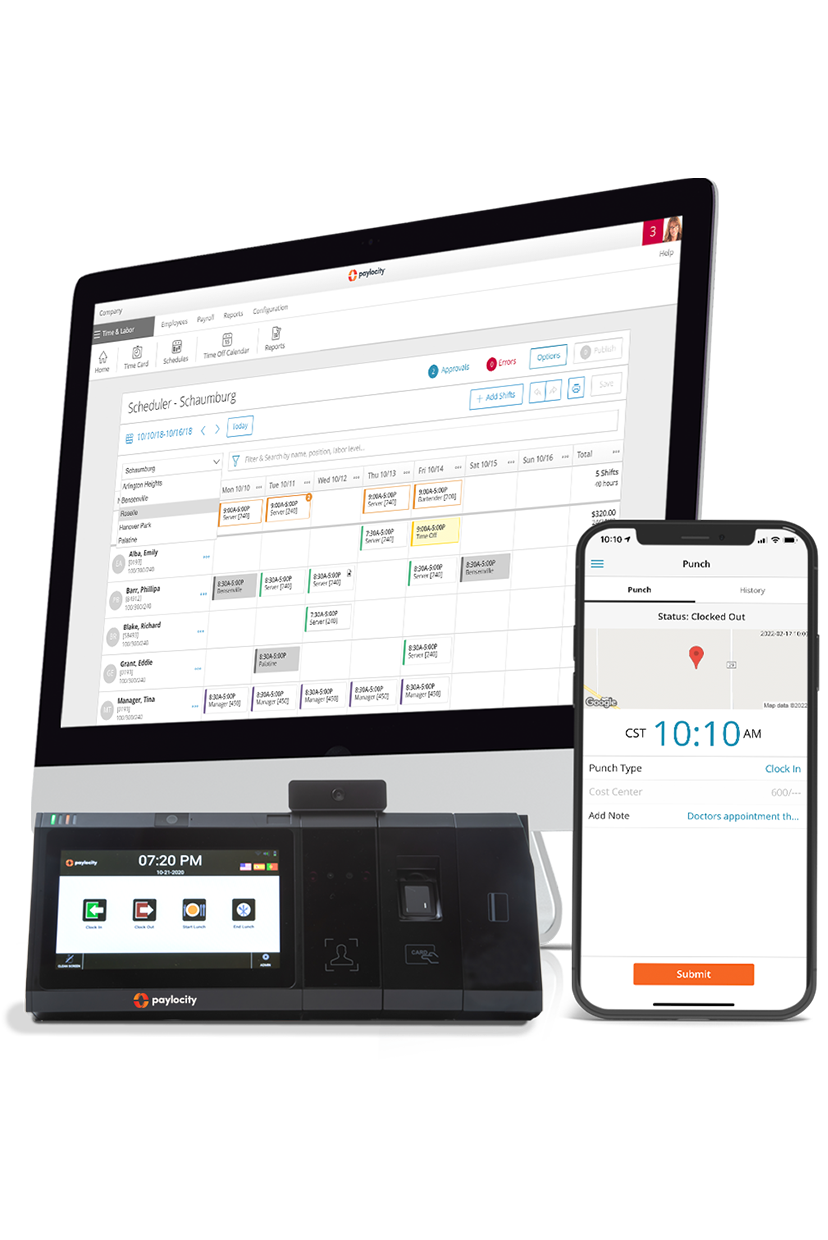Year End
Summary Definition: The fourth quarter of a calendar year and the first quarter of the following year, when organizations must complete several financial and tax tasks to comply with local, state, and federal laws.
What is Payroll Year End?
Payroll year end is the fourth quarter of the calendar year and the first quarter of the following year. It’s a busy time in which HR and payroll teams must meet several financial and tax obligations to comply with local, state, and federal laws.
These obligations can include calculating tax liabilities and deductions, reviewing and filing tax returns, and preparing for upcoming changes to local, state, or federal tax laws.
Key Takeaways
- Year end is the fourth quarter of the calendar year and the first quarter of the following year.
- It involves several tax and financial tasks, such as filing tax returns and calculating tax liabilities.
- Completion of these tasks is necessary to both start the next calendar year on the right foot and ensure the organization is compliant with all local, state, and tax laws.
When is Year End for Payroll?
While the end of a payroll calendar year may be December 31, the year-end process can span weeks or months before and after that date. The size of an organization’s year-end window varies based on several factors, such as the organization’s size, business, industry, etc.
For example, a large conglomerate with thousands of employees may need to start its year-end work in October and might not finish until early February. On the other hand, a local store with fewer than 25 workers may only need a couple of weeks in December to finish all their year-end tasks.
Regardless, businesses should plan accordingly to make sure they don’t accidentally miss any deadlines.
Year-End Payroll Forms
In addition to the W2s or 1099s employees should receive in January of the new year, there are several other year end forms organizations may need to file:
- W3: This is a summary of all the W2s your organization filed.
- 940: Used to pay Federal Unemployment Tax Act (FUTA) taxes.
- 941: Reports employee payroll taxes collected each quarter, including income, Medicare, and social security taxes.
- 943: Filed if an organization paid wages to farmworkers that are subject to income, Medicare, or social security taxes.
- 944: Use if an organization’s payroll taxes are $1,000 or less annually. This is filed once a year instead of filing Form 941 every quarter.
- 1095-C: Documents the health insurance offerings provided for employees. Copies of this must be sent to the IRS and provided to employees who request one.
- 1099-NEC: A newer form used to report wages over $600 paid to contractors or nonemployees
Year-End Payroll Checklists
Each organization’s year-end process will be different based on its size, industry, etc. However, there are a few common tasks to keep in mind during this busy season.
Before the Final Payroll of the Year
- Review and confirm all employee personnel information (e.g., addresses, social security numbers, etc.).
- Calculate all year-end wages and taxes, such as year-to-date withholdings.
- Prepare and distribute all year-end forms, such as those listed above.
- Process your final payroll of the year and generate paychecks or direct deposits.
After the Final Payroll of the Year
- Review year-end reports.
- Remit all year-end taxes to the correct agencies.
- File all year-end tax returns.
- Update employee records with any new information.
Related Glossary Terms

More Time, Less Labor = A Better Experience
Say goodbye to manual tasks and hello to efficiency. Empower your employees with intuitive tools to manage their time—view balances, request time off, and get real-time notifications, all from one platform. Supervisors can access 100+ reports, track attendance, and approve requests in seconds. With instant insights at your fingertips, optimizing time and attendance has never been easier.